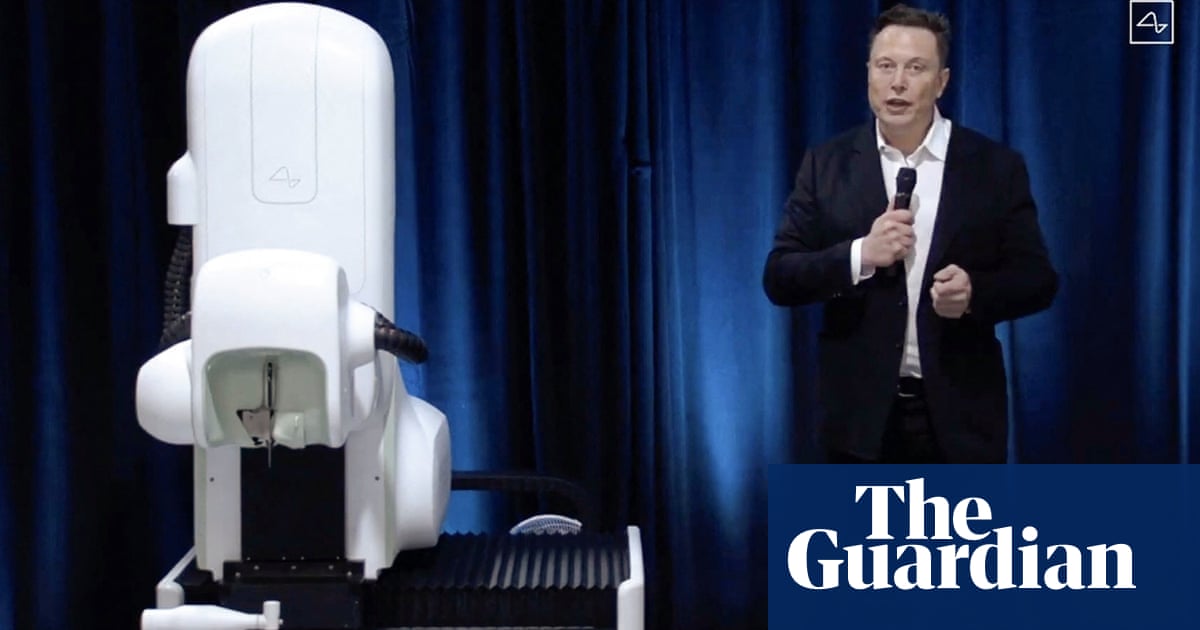- cross-posted to:
- news@hexbear.net
- cross-posted to:
- news@hexbear.net
Company is seeking people with paralysis to test its experimental device after getting green light from independent review board
Elon Musk’s brain-implant startup, Neuralink, said it has received approval from an independent review board to begin recruiting patients for its first human trial. The company is seeking people with paralysis to test its experimental device in a six-year study.
Neuralink is one of several companies developing a brain-computer interface (BCI) that can collect and analyze brain signals. But its billionaire executive’s bombastic promotion of the company, including promises to develop an all-encompassing brain computer to help humans keep up with artificial intelligence, has attracted skepticism and raised ethical concerns among neuroscientists and other experts.
Last year, the Food and Drug Administration denied the company’s request to fast-track human trials, but in May approved Neuralink for an investigational device exemption (IDE) that allows a device to be used for clinical studies. The agency has not disclosed how its initial concerns were resolved.



It is never going to be as simple as putting on a hat. Hair really gets in the way of picking up brain signals and you’re not going to get the sensors in the right place.
EEGs are about the most advanced thing we have for monitoring the brain from the outside of the body without climbing into a machine. That requires a technician using special conductive glue to hold sensors on the scalp and then wrapping it all in gauze to keep it all from coming off. It takes about 15 minutes to put them all on and after it’s taken off, you really want a shower to wash the glue off your scalp.
I might say “never in our lifetimes” but not “never”.
And these are for paralyzed people, I’m sure a non significant amount wouldn’t mind shaving their head over brain surgery for a chip that will be obsolete in a decade. It wouldn’t have to be one size fits all either, it would be custom fit to it’s user.
A couple decades after that, maybe we’ll have it for consumers